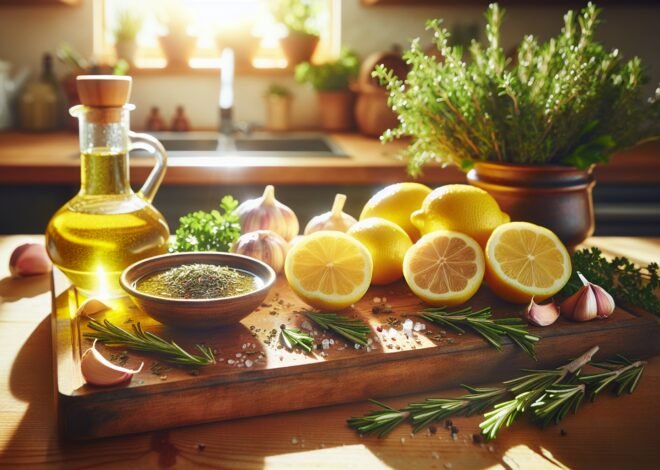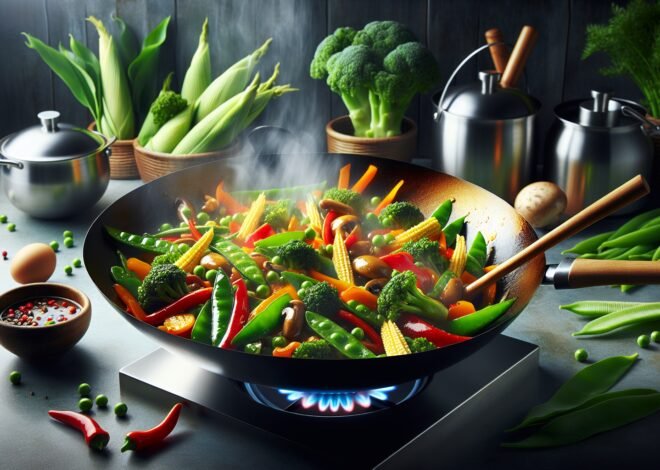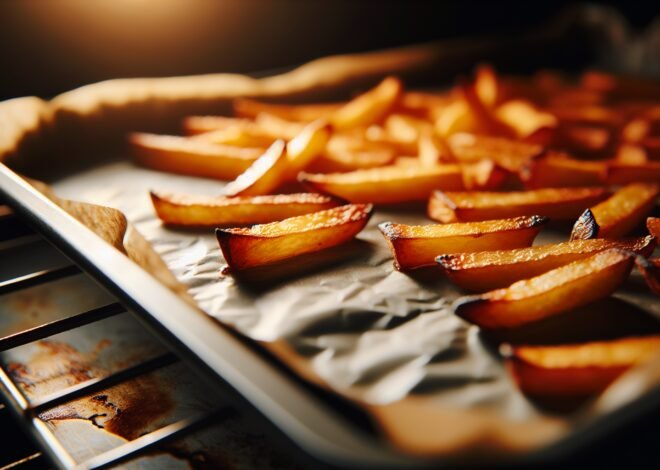
How to Avoid Undercooking by Checking Oven Temperatures Regularly
Avoiding undercooked food can be a challenge with certain recipes, especially casseroles and baked dishes. By understanding how to manage oven temperature, you can ensure that every layer cooks evenly and reaches the ideal doneness.
Common Reasons for Undercooked Food
Cooking can sometimes feel like a puzzle, with all the pieces needing to fit just right for a delicious meal. Undercooked food often disrupts this process, leaving diners disappointed. Let’s explore some common pitfalls that lead to undercooked meals in the kitchen.
Incorrect Temperature Settings
One of the major culprits behind undercooked food is setting the temperature incorrectly. Whether you’re using an oven, stove, or grill, the right temperature is crucial. Too low, and your food doesn’t cook through; too high, and it might burn on the outside while remaining raw inside. Understanding your cooking device and following recipe guidelines can prevent such mishaps.
Opening the Door Too Often
Every time the oven door opens, precious heat escapes. This leads to fluctuating temperatures that can leave your food undercooked. Curiosity is a natural instinct when cooking, but resist the urge to peek. Instead, rely on the oven light and window to check progress. This simple step can save your meal from becoming a half-baked disaster.
Misjudging Cooking Time
Many recipes provide a cooking time range, but these are often approximations. Factors such as ingredient freshness and equipment efficiency can affect the actual time needed. Misjudging this can easily leave food undercooked. Using timers and checking for doneness are effective ways to avoid this pitfall.
Tips to Ensure Full Cooking
Ensuring that your food is thoroughly cooked doesn’t have to be daunting. With a few strategic steps, you can achieve perfectly cooked dishes every time. Let’s dive into some practical tips that make a big difference in your cooking results.
Preheating Correctly
Preheating is not just a suggestion; it’s a necessity. It ensures that your food starts cooking immediately upon entering a hot environment, thus evenly and thoroughly. Skipping this step can lead to uneven cooking, with the outside cooking faster than the inside. Set your oven to the required temperature and wait until it’s fully preheated before adding your dish.
Using an Oven Thermometer
Ovens can be deceptive. The temperature you set may not match the actual internal temperature. An oven thermometer is an inexpensive tool that can help you monitor and adjust as necessary. Place it in the center rack for the most accurate reading and adjust your settings accordingly to ensure your food cooks as intended.
Adjusting Based on Pan Size and Material
The type and size of your cooking pan can significantly affect the cooking process. Metal pans conduct heat differently than glass or ceramic, and larger dishes may require more time. Adjusting your cooking time and temperature based on these factors can ensure more even and complete cooking.
Testing for Doneness
Cooking is as much about skill as it is about intuition. Testing for doneness is the final piece of the puzzle. These methods ensure your food is cooked to perfection, providing both safety and satisfaction.
Use a Food Thermometer
A food thermometer is an essential kitchen gadget. It provides an exact reading of your food’s internal temperature, ensuring it’s cooked through. This is especially important for meats, where precision can mean the difference between a juicy steak and a health risk. Insert the thermometer into the thickest part of the food for an accurate measurement.
Knife or Toothpick Test
For baked goods, a knife or toothpick test is a quick way to check for doneness. Insert into the center and pull out; if it’s clean or has only a few crumbs, the item is done. If batter clings to it, more time is needed. This simple test is a trusty standby in any baker’s repertoire.
Observing Texture Changes
Visual cues can also indicate when food is ready. Changes in texture, such as a firming up of meats or a golden crust on breads, signal that cooking is complete. Trusting your senses and recognizing these signs can help ensure that your meal is perfectly prepared.
Conclusion
Preventing undercooking is all about precise temperature control and timing. Ensuring that your oven is fully preheated, using an oven thermometer, and allowing food to cook for the recommended time are all vital steps to achieve even doneness. Certain recipes, like casseroles and lasagnas, benefit from consistent heat and correct rack positioning to reach the center fully. Testing for doneness with a food thermometer, knife, or toothpick helps confirm that your dish has cooked all the way through. With these approaches, you can confidently serve dishes cooked to perfection every time.
FAQ
How do I avoid undercooking casseroles?
To ensure casseroles cook thoroughly, follow the recipe’s temperature and time recommendations closely. Preheating the oven properly is crucial. Cut ingredients uniformly to promote even cooking. Stir the casserole if the recipe allows to distribute heat evenly.
Should I use an oven thermometer to prevent undercooking?
An oven thermometer is a useful tool for preventing undercooking. It provides an accurate reading of the oven’s temperature, ensuring it matches the setting. Many ovens have inaccurate built-in gauges, so using a separate thermometer can help achieve precise cooking temperatures.
Does food continue cooking after the oven is off?
Food retains heat and continues to cook slightly even after the oven is turned off. This residual heat can help reach perfect doneness, especially for casseroles. Allowing casseroles to rest for a few minutes after baking can enhance flavors and texture.
How does pan size affect cooking time?
Pan size impacts cooking time significantly. A larger, shallower pan allows food to cook faster as it spreads out the heat evenly. A smaller, deeper pan may require longer cooking times to ensure the center cooks thoroughly.
What’s the best rack position to avoid undercooking?
The middle rack generally provides the most even cooking for casseroles. It allows hot air to circulate freely above and below the dish. Adjusting the rack position based on the casserole’s size and the oven’s heat distribution can optimize results.
Can I test doneness visually?
Visual cues can help determine doneness, though they’re not always foolproof. Look for bubbling around the edges and a golden-brown top. Using a food thermometer to check the internal temperature can provide more accuracy, especially for casseroles with proteins.











